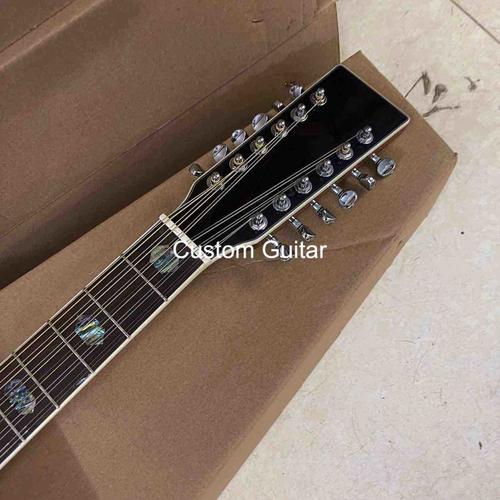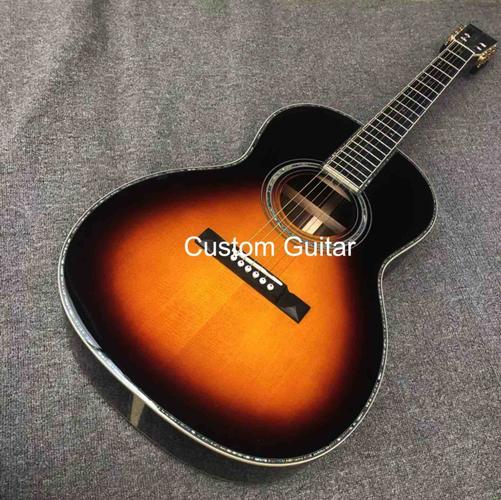Om Guitar Size vs Dreadnought: A Comprehensive Comparison
When it comes to choosing the perfect guitar, the size of the instrument plays a crucial role in determining its tone, playability, and overall comfort. Two of the most popular guitar sizes are the Om and the Dreadnought. In this article, we will delve into the details of both sizes, highlighting their unique features, advantages, and disadvantages to help you make an informed decision.
Body Size and Shape
The Om guitar, also known as the Orchestra Model, is a smaller version of the Dreadnought. It typically measures around 14 inches in width and 21 inches in length, making it more compact and portable. The Om’s body shape is similar to that of a Dreadnought, but with a slightly shallower waist and a smaller lower bout. This design allows for a more comfortable playing experience, especially for players with smaller hands or those who prefer a lighter instrument.

In contrast, the Dreadnought is the largest and most popular guitar size. It measures around 15 inches in width and 25 inches in length, offering a larger body that produces a richer, louder sound. The Dreadnought’s deep body and wide lower bout contribute to its powerful tone, making it an excellent choice for players who want to achieve a full, resonant sound.
Tone and Sound
The Om guitar is known for its bright, clear tone. Its smaller body size and shallow waist help to produce a focused, articulate sound that is well-suited for fingerpicking and delicate strumming techniques. The Om’s tone is often described as warm and inviting, making it a favorite among acoustic guitarists who prefer a more intimate sound.
The Dreadnought, on the other hand, offers a deeper, more robust tone. Its larger body size and deep lower bout create a powerful, resonant sound that is perfect for strumming and flatpicking. The Dreadnought’s tone is often described as rich and full, making it an excellent choice for players who want to achieve a bold, dynamic sound.
Playability
One of the main advantages of the Om guitar is its playability. The smaller body size and shallower waist make it easier to play for players with smaller hands or those who prefer a lighter instrument. The Om’s compact design also allows for a more comfortable playing experience, especially for players who spend long hours practicing or performing.

The Dreadnought, while larger and heavier, offers a more comfortable playing experience for players with larger hands or those who prefer a heavier instrument. The larger body size and deeper lower bout provide more room for the fingers, making it easier to fret notes and play complex chords.
Portability
The Om guitar is significantly more portable than the Dreadnought. Its smaller size and lighter weight make it easier to carry and transport, which is particularly beneficial for gigging musicians or those who frequently travel. The Om’s compact design also makes it a great choice for players who have limited space in their homes or studios.
The Dreadnought, while not as portable as the Om, is still relatively easy to transport. Its larger size and heavier weight may require a bit more effort to carry, but most Dreadnought guitars come with a sturdy gig bag or case to help protect the instrument during transport.
Conclusion
When choosing between an Om guitar and a Dreadnought, consider your personal preferences, playing style, and the type of music you enjoy. If you prefer a bright, clear tone, compact size, and comfortable playability, the Om guitar may be the right choice for you. On the other hand, if you’re looking for a rich, full tone, powerful sound, and a larger body, the Dreadnought is the way to go.
Ultimately, both the Om and the Dreadnought are excellent guitar sizes with their own unique advantages. By understanding the differences between these two popular guitar sizes, you’ll be better equipped to select the instrument that best suits your needs and preferences.


